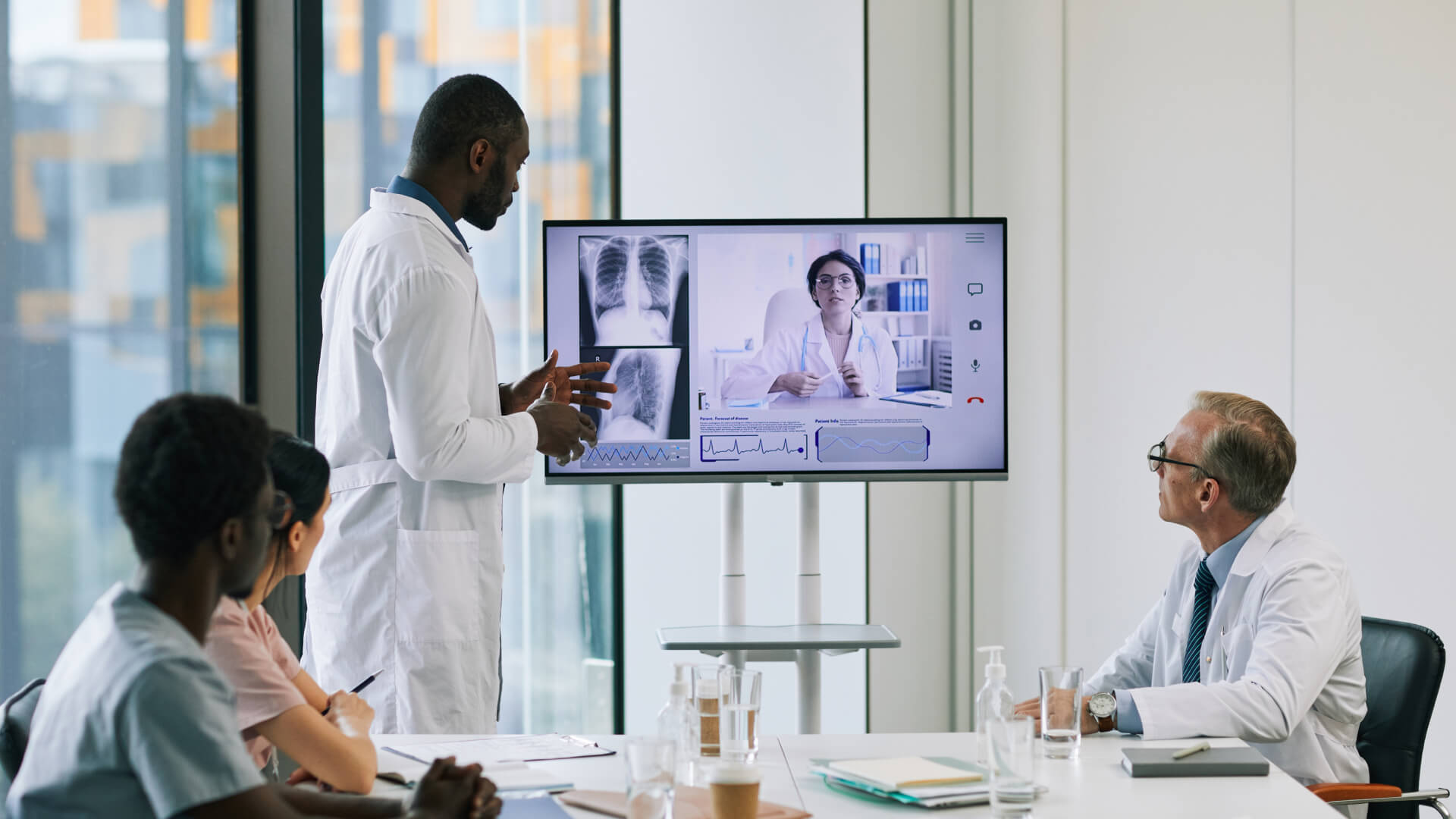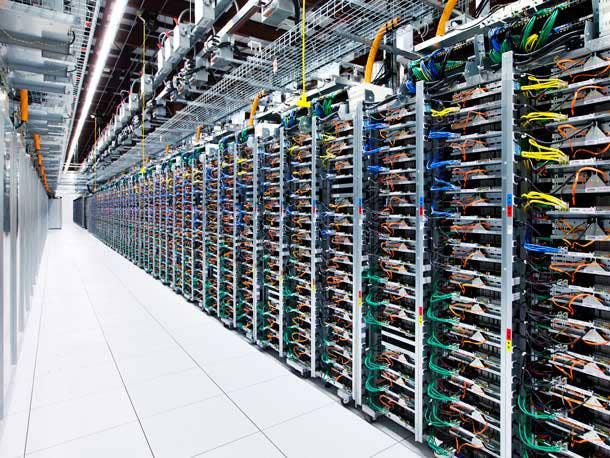At the heart of healthcare’s constant changes, good communication is key. It bridges patients with their doctors and specialists effortlessly. When doctors share info effectively, they’re not just making guesses; they’re mapping out a path to wellness tailored for each patient. However, with the challenges of geographical barriers, time constraints, and now, the pressing need for remote consultations amidst global health crises, traditional face-to-face interactions in healthcare settings are increasingly becoming a luxury we can ill afford. Enter: video conferencing technology—a tool that has rapidly transitioned from a convenience to a necessity in healthcare communication.
Importance of Modern Technology
There’s no denying it—technology has flipped the script on traditional healthcare practices, offering solutions we never thought possible. Now, thanks to video calls, chatting face-to-face with your doctor or a specialist miles away is as easy as pie – transforming how we think about meeting our healthcare needs. The role of communication within healthcare is pivotal; it is not merely about exchanging information but about doing so precisely, securely, and empathetically to ensure the best possible patient outcomes. Imagine turning on your device and being instantly connected with health professionals across any distance. That’s what video conferencing does; it erases barriers, making care accessible for all involved.
Historical Context of Video Conferencing in Healthcare
The journey of video conferencing in healthcare is a testament to technological innovation catering to pressing needs. Telecommunications in medicine have roots tracing back to the late 19th century, with the invention of the telephone offering the first glimpse of remote healthcare possibilities. However, it wasn’t until the latter half of the 20th century that video conferencing technology began to find its footing in the medical field. Initial applications were limited and primarily focused on connecting remote patients to healthcare centers. Imagine talking to your doctor as if they’re right there with you – thanks to advancements in tech, this is our new reality. High-def video conferencing has reshaped patient meetings and medical learning like never before.
Making Care More Accessible
Thanks to video conferencing tech, now anyone can access top-notch healthcare without barriers. For individuals in remote or underserved regions, where access to specialized medical services is often scarce or non-existent, video conferencing is nothing short of revolutionary. Imagine chatting with your specialist or consulting with your physician without ever leaving home. That’s what telehealth offers – easy access to care that once seemed too far out of reach. More folks than ever are getting the quick, expert care they need thanks to healthcare providers broadening their horizons.
Boosting the Way Doctors and Patients Communicate
When doctors really listen, and patients feel understood, that’s when health care shines. Video conferencing, with its real-time visual and audio communication capabilities, offers a platform for high-quality interactions that closely mimic in-person consultations. Gone are days when consulting with health professionals felt distant via text or voice calls. Now, through video chats, there’s an invaluable layer of personal connection ensuring nothing gets lost in translation – enhancing both understanding and trust along every step of healthcare delivery.
Cost-Effectiveness
The economic implications of video conferencing in healthcare cannot be understated. This means patients can save big on both traveling expenses and precious hours, not even touching on how much they’ll save avoiding hidden costs like lost wages or paying for childcare. Imagine healthcare professionals using video chats to connect with patients. It’s a game-changer that frees up cash which is then used to boost the overall quality of care. The difference in cost between meeting your doctor face-to-face and chatting over a video call can be huge. For healthcare seekers and providers alike, going digital is definitely kinder to the wallet.
Patients Thrive When Their Healthcare Follows Them Without Missing a Beat
It’s all about continuity – monitoring your treatment journey closely whether you’re dealing with a persistent condition or bouncing back after an operation. No need for a waiting room – video conferencing means patients can chat with healthcare providers from home, keeping up with care effortlessly. Better health is on the horizon when patients and providers keep in touch regularly; this strong partnership leads directly to superior care results. Time and again, stories from the front lines show how video chats have been a game-changer in keeping healthcare ticking when face-to-face meetings just weren’t possible.
At this point in time, where gadgets meet gauze pads more often than not, turning to video conferences is becoming increasingly popular for squashing all sorts of communicative snags within healthcare realms. Smashing through geographical barriers while delivering non-stop, wallet-friendly care is nothing short of essential. Peeling back layers of possibility also means facing its boundaries head-on. It’s about shaping a healthy world where doors are open wide for every last person – running smoothly and handing out fairness like candy.
Convenience and Time-Saving
The convenience and time-saving benefits offered by video conferencing technology in healthcare are undeniable. For patients, the ability to receive medical consultations from the comfort of their homes not only saves travel time but also reduces the stress and physical exertion associated with visiting medical facilities. For anyone navigating life on crutches, managing ongoing health battles, or healing post-surgery – here’s something that can genuinely make a difference. Healthcare pros find a lot of perks with this approach as well. With video consultations on board, physicians can tighten up their schedules. This means less hanging around for them and a chance to help more people in a day. Less need for an actual office means you could save some cash and finally strike that perfect balance between career goals and personal time. For those on the front lines of care, there’s finally a light at the end of the tunnel—a chance to balance helping others with taking care of themselves.
Specialist Consultations and Second Opinions
Video conferencing technology has significantly simplified the process of seeking specialist consultations and second opinions. Traditionally constrained by geographic limitations, patients now have the world at their fingertips. Whether it’s connecting with a neurologist hundreds of miles away or seeking a second opinion from an oncologist in another country, video conferencing breaks down the physical barriers to specialist care. If your health puzzle is particularly unique or tough, having access to a broad team of specialists could be your best strategy. With just a few clicks, patients connect with doctors across distances for consultations that can lead to crucial treatment options—they’re transforming healthcare accessibility one video call at a time.
Medical Education
It’s not all about patient appointments; video conferencing is breathing new life into the way we teach and learn medicine today. Through this innovation, surgeons can share their operations as they happen; educators host dynamic online seminars; experts present their findings far and wide—all streamed directly to eager learners across continents. Diving into this style of education brings a rich mix to your learning plate – access to various real-world scenarios and wisdom from those who’ve mastered their craft, all while fueling engaging conversations among peers in medicine. Furthermore, continued medical education(CME) for healthcare professionals, a requirement for maintaining licensure in many regions, has been greatly facilitated by video conferencing. To give patients first-class treatment, those in healthcare constantly update themselves on cutting-edge research findings while following the latest regulations for safe practice protocols.
Healthcare Video Conferencing Software
The backbone of effective healthcare video conferencing is robust, secure, and compliant software. For anyone in healthcare hunting down tech that checks off every box—think unbreakable encryption communication channels between systems; collaboration capabilities galore; plus hook-ups with electronic health records—you’re in luck because today’s market doesn’t disappoint. However, choosing the right platform requires careful consideration of several factors including security, privacy, and regulatory compliance (e.g., HIPAA in the United States, GDPR in Europe). The key to making video calls a hit in medical care? They’ve got to be simple for everyone involved—whether you’re the one giving the care or getting it—and they must play nice with any device or operating system out there.
Challenges and Limitations
Despite the numerous benefits, video conferencing in healthcare is not without its challenges and limitations. Dodgy internet connections or gear that just doesn’t play nice can really throw a wrench in the works during consultations. The gap in digital access is a real hurdle, keeping many from the benefits of telehealth due to uneven technology and internet services. Additionally, while video conferencing can enhance the patient-doctor interaction, it may not be suitable for all types of consultations, particularly those requiring physical examinations or procedures. Keeping ahead demands continuous investments – think bigger infrastructures, widespread education on navigating the digital world, plus ground-breaking approaches ensuring distance health support rivals sitting across from your doctor in coziness and efficiency.
Conclusion
Wrapping things up, prime real estate isn’t just about the place or perks. It’s a blend of knowing what people want and moving with the market waves – that’s how you win.
Now, thanks to video conferencing technology, seeing your doctor no longer means a trip across town or facing those long waiting room times; quality healthcare is just a click away. Better ways of getting into touch with doctors? Check! A smoother sail through our health journeys? You got it! And as if that wasn’t enough – say hello to a whole new chapter in how we learn about taking care of ourselves and others. Imagine a future where video calls reshape healthcare – that reality is closer than you think, thanks to constant innovation. The road hasn’t been easy; however our commitment ensures that superior healthcare will become widely available quicker than ever – setting new standards for efficiency and accessibility along the way. We’re witnessing something special as integrating video chats into common medical practices reshapes patient interactions profoundly—clear evidence that embracing digital innovations is key to advancing health services in this era.











